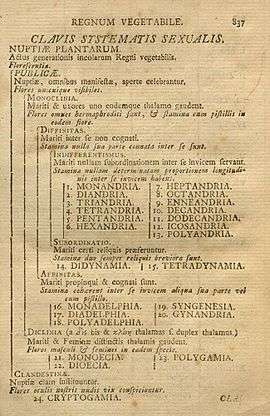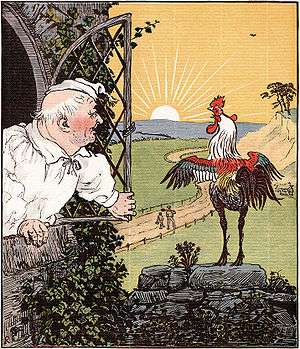Laid paper

Laid paper is a type of paper having a ribbed texture imparted by the manufacturing process. In the pre-mechanical period of European papermaking (from the 12th century into the 19th century), laid paper was the predominant kind of paper produced. Its use, however, diminished in the 19th century, when it was largely supplanted by wove paper. Laid paper is still commonly used by artists as a support for charcoal drawings.
Before the mechanization of papermaking, the laid pattern was produced by the wire sieve in the rectangular mold used to produce single sheets of paper. A worker would dip the mold into a vat containing diluted linen pulp, then lift it out, tilt it to spread the pulp evenly over the sieve, and, as the water drained out between the wires, shake the mold to lock the fibers together. In the process, the pattern of the wires in the sieve was imparted to the sheet of paper.[1]

Modern papermaking techniques use a dandy roll to create the laid pattern during the early stages of manufacture, in the same way as applying a paper watermark. While in the wet state, the paper stock (a dilute dispersion of the cellulose fibers in water) is drained on a wire mesh to de-water the stock. During this process, a dandy roll with a laid mesh pattern is pressed into the wet stock, displacing the cellulose fiber.[2] This pattern has to be applied at a particular stock consistency; otherwise the pattern will be lost as the fiber flows back while the stock moves past the dandy (too wet), or fiber will pick out of the stock (too dry), causing surface disruption. As the fiber is displaced, localized areas of higher and lower density are produced in a laid pattern, and the pattern is also created on the paper's surface. The pattern is therefore apparent both as one looks through the sheet and as one views its surface. Applying the laid pattern as a mechanical emboss would not create the ribbed pattern seen on looking through the sheet, as this is achieved only by watermarking techniques.
The traditional laid pattern consists of a series of wide-spaced lines (chain lines) parallel to the shorter sides of the sheet—or, in machine-made paper, running in the machine direction—and more narrowly spaced lines (laid lines) which are at 90 degrees to the chain lines.